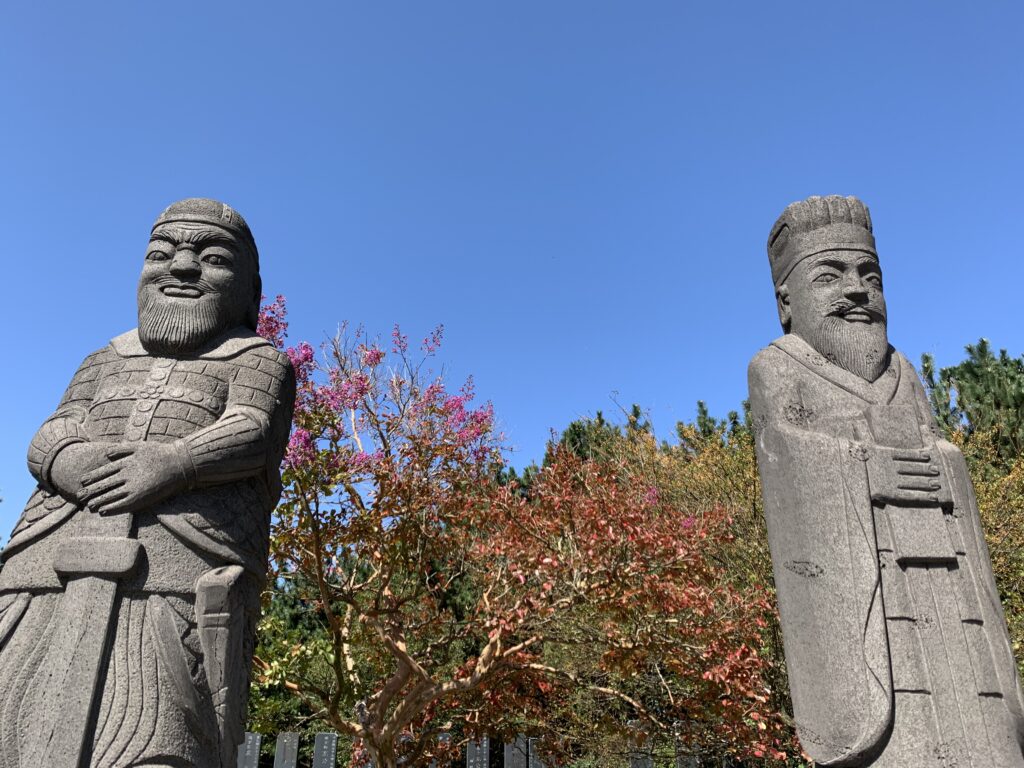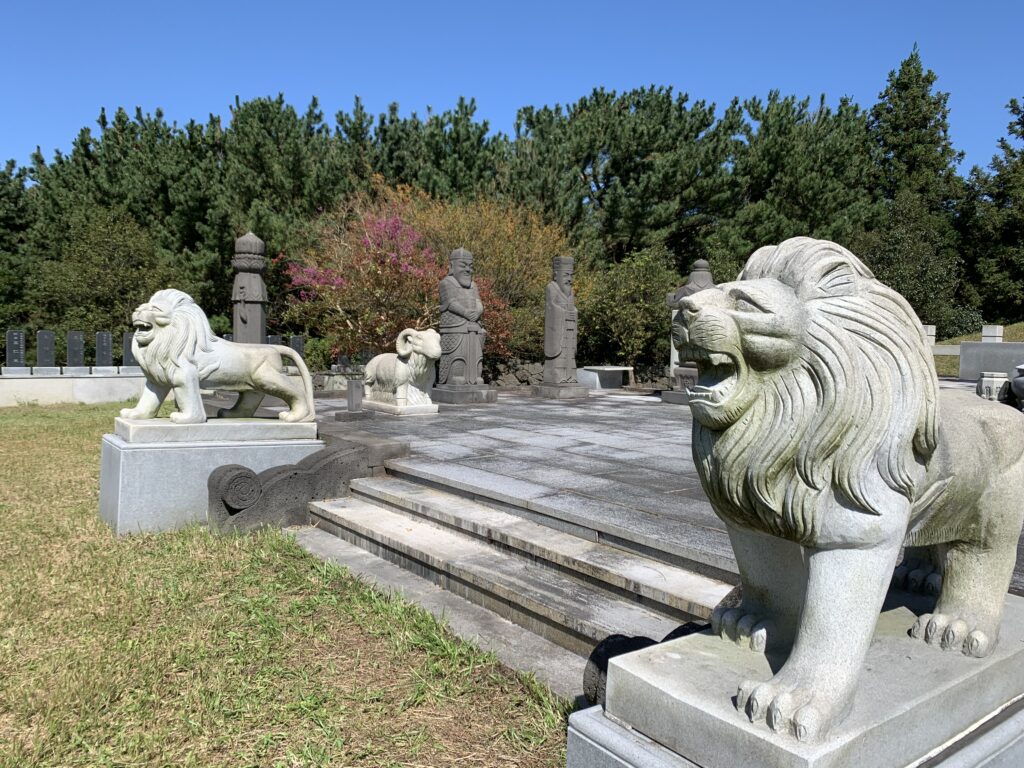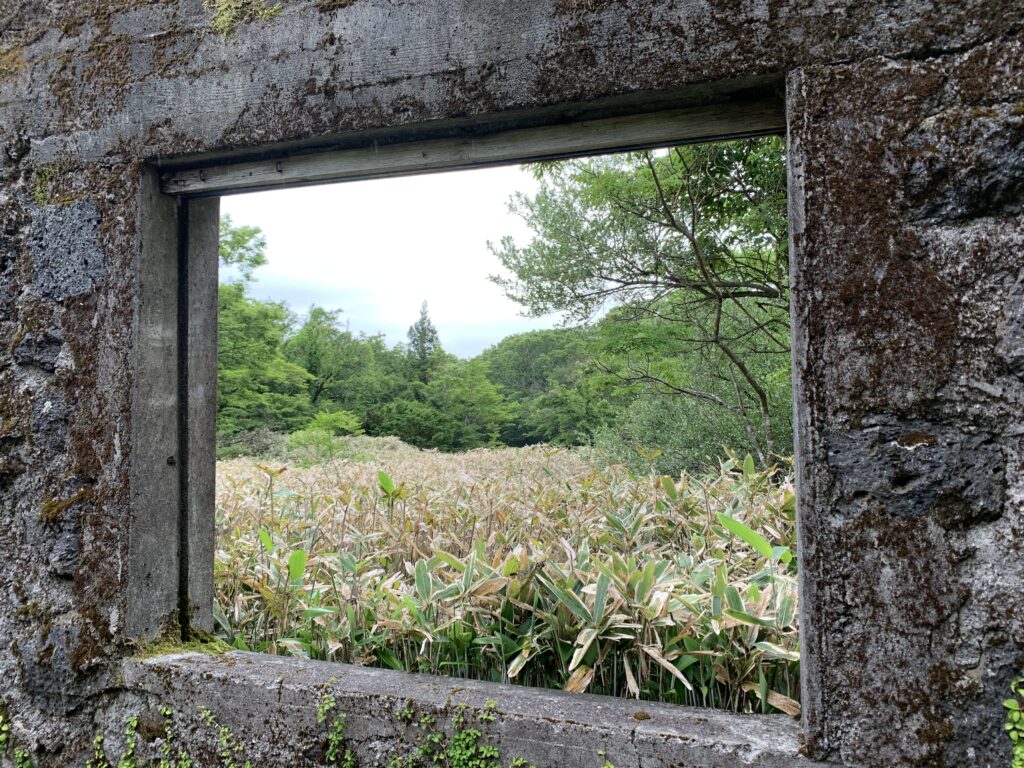As villages on the island grew larger and more prosperous, a stratified society developed on Jeju sometime around the beginning of the Three Kingdoms period of mainland Korea, which scholars date to 57 BCE. It was referred to by several different names in historical records, but is generally known today as Tamna. The Chinese characters in the word mean “island country,” and the earliest known use of this name is 476 CE, as attested by the Samguksagi, a history of the Three Kingdoms of mainland Korea.

Remains from the early period of the state of Tamna have been found along the north coast of Jeju in Yongdam-dong, Gonae-ri and Gwakji-ri, as well Jongdal-ri in the east. They show that the people of Tamna carried out trade with mainland Korea, China and Japan. They imported iron tools and weapons, pottery and brass bowls, and jewelry and ornaments made of glass and jade, as well as rice, salt and medicinal herbs. These goods were obtained in exchange for leather, ox bezoar, tangerines and such marine products as fish, abalone and seaweed.

Historical records state that Tamna’s rulers were given the titles of seongju, wangja and donae by the Kingdom of Shilla. At the beginning of the Goryeo dynasty, the eldest son of the ruler of Tamna was referred to as taeja or seja, meaning ‘crown prince.’ The end of the state of Tamna is usually dated to 1105, when King Suk-jong incorporated Tamna into the Kingdom of Goryeo and renamed it Tamna-gun, making it one of several such ‘gun’ administrative districts within his realm.

The term Tamna is still widely used on the island, appearing in the names of many buildings and businesses, in memory of the independent state that controlled the island for over 1,000 years.

